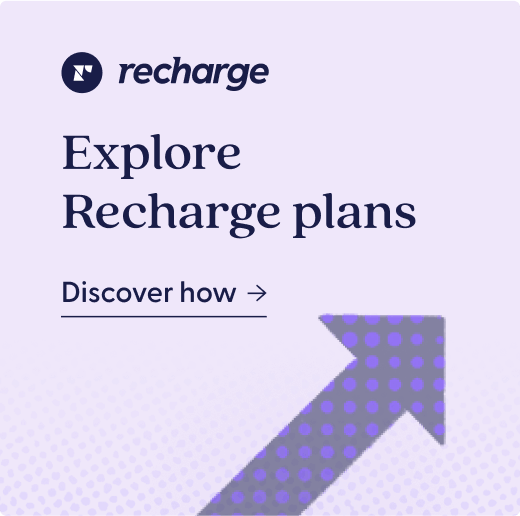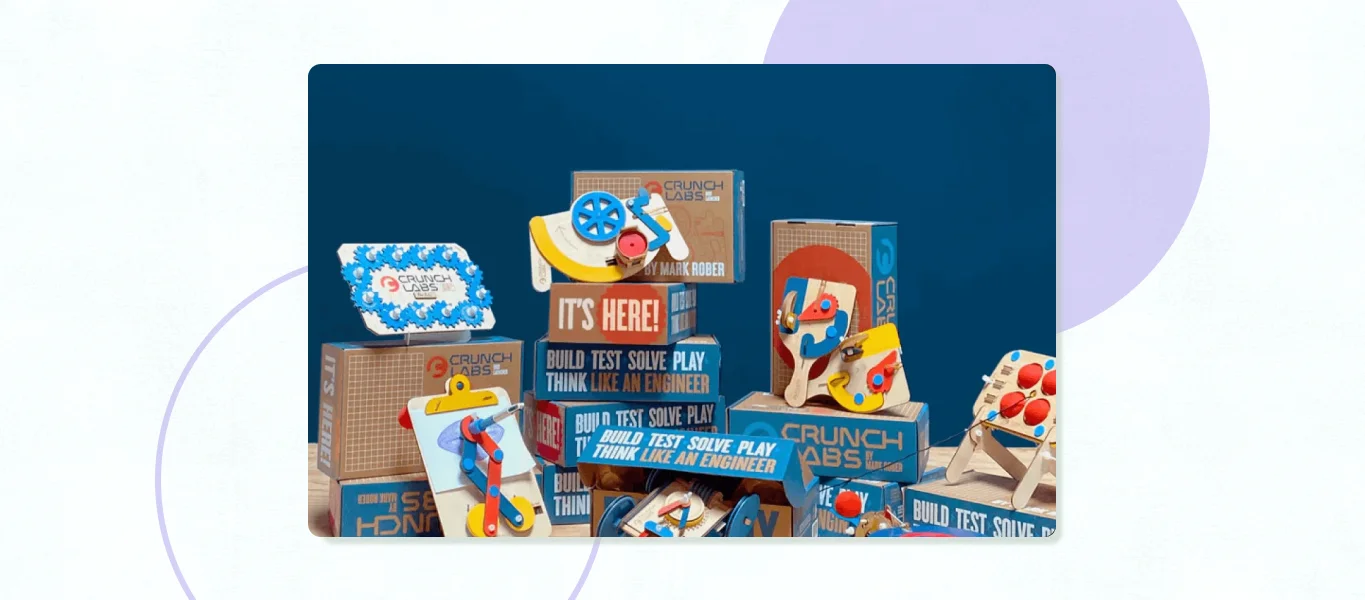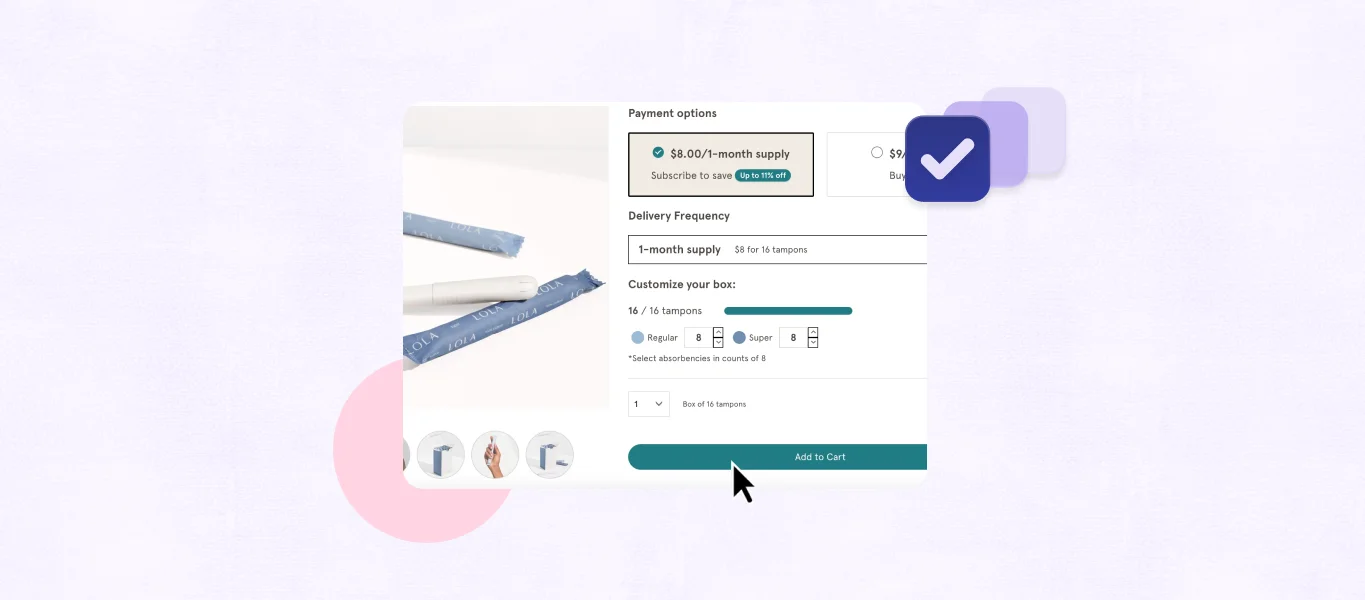Sustainability isn’t just a buzzword. Consumers, more than ever, are flocking to brands that are focused on minimizing their environmental footprint. Businesses can do this through various methods like carbon offsetting, charitable donations, or recyclable packaging.
The latter, sustainable packaging options, is what we’re going to be highlighting in this post. We’ll dive into how focusing on sustainability will benefit your business (and the world) by prioritizing an issue that the world’s two largest generations of consumers rate as one of their top priorities.
Key takeaways
- Gen-Z consumers will pay more for environmentally sustainable products.
- There are a variety of affordable, customizable and protective recyclable packaging materials.
- Brands that align themselves with values shared by their customers is good business.
Why should your business use recyclable packaging?
Beyond the importance of, you know… protecting the only known habitable planet in our solar system from a civilization-ending climate catastrophe—take away the doom and gloom and Captain Planet mentality and look at it from an economic perspective.
Gen Z, the world’s youngest generation of shoppers, are already 40% of all consumers in the U.S. and they are passionate about making their purchasing decisions based off their values.
In fact, 64% of Gen Zs would pay more to purchase an environmentally sustainable product according to a 2022 Deloitte survey.
Customers crave sustainable packaging. They want to do good and they want to financially support the brands that share their same values. From another perspective, consider when your customer is most excited to interact with your brand.
It’s when they’re opening the package that contains the products they’ve ordered. That key moment, when they are experiencing your brand tactically, can be absolutely ruined if they are wading through a sea of non-recyclable materials.
On the other hand, if your customers notice the care and effort your brand has gone to providing environmentally friendly packaging, you’re connecting with their identity. You’re not seen as a soulless business they purchase products from. You’re a brand that reflects their core values.
You’re not transaction. You’re a relationship.
So let’s focus on some recyclable packaging options that you and your brand can utilize to connect with your customers on a more personal level and do your part in positively impacting our planet.
5 recyclable packaging materials for a more sustainable product
There are several options for brands looking to use more sustainable packaging for their products. From, recycled materials, biodegradable plastic, dissolvable packing peanuts and even mushroom packaging. Let’s run through a variety of options.
1. Corrugated cardboard packaging
The gold standard (or perhaps the green standard in this case) for eco-friendly packaging would be paper products specifically, cardboard.
Corrugated cardboard is the most recycled packaging material in the world. This type of cardboard is made to be lighter and more durable by incorporating ridges of cardboard sandwiched between the layers of a sheet. Cardboard packaging is affordable, offered in a variety of sizes and readily available.
What’s more, cardboard can be easily used as an extension of your brand and offer opportunities to surprise and delight your customers. On Recharge’s Hit Subscribe podcast, Jimmy Wu, Co-Founder and CEO at Cat Person, detailed how they knew their customers were passionate about eco-friendly packaging, so they looked for ways to develop a sustainable alternative for their boxes.
“We’ve got one box that turns into a play toy that’s got holes and a ball that your cat can bat around. We’ve got another box that turns into something we call a cat chalet, where your cat can actually hide out in it and peek out. Then we’ve got this extra large box that we call the cat condo.” –Jimmy Wu, Co-Founder and CEO at Cat Person
Another DTC business, Who Gives A Crap, have also used their sustainable packaging as a branding opportunity. A recent edition was called, “Where’s The Loo?” inspired by “Where’s Waldo” children’s books which challenges customers to find the hidden loos hiding in fantastical worlds printed on their packaging.
But more than an entertaining game featured on their custom packaging, Who Gives A Crap outlines how the quirky game is meant to shed light on the billions of people around the world who don’t have access to toilets and that each customer’s purchase of their limited edition recycled packaging boxes helps them fund sanitation projects around the world.
Corrugated packaging can also be combined with other sustainable packaging solutions, like cushioning materials to ensure products are delivered undamaged. Let’s run through one of the most common packaging materials to ensure protection for fragile items—packing peanuts.
2. Compostable packaging peanuts
I used to dread opening a package to find it filled with tiny packing peanuts. Seeing all the waste would make me feel negative about the brand I’d purchased from and leave me hesitant to be a repeat purchaser.
These peanuts were often made of styrofoam. A little background on styrofoam, it’s essentially plastic and doesn’t break down or decompose over time. Correction—some diligent fact-checking informs me that it does break down over time… it just takes 500 to 1 million years to do so.
So, how can you protect your products for your customers with a green alternative? Let me introduce you to biodegradable packing peanuts which aren’t made of styrofoam but instead made from natural nontoxic raw materials like corn starch or wheat. This packaging material dissolves entirely in water for a safe and easy means of disposal.
The key thing to note here is how important it is to educate your customers about this and other eco-friendly packaging options when you use them. You want to let them know how to properly recycle these peanuts or alternative eco-friendly solutions so they don’t end up being misidentified and thrown in the garbage.
This can easily be accomplished with a paper insert (recyclable of course) that can also provide supplemental information about the product or marketing material to entice the customer to shop again.
3. Mushroom packaging
Full stop: mushroom packaging is a game changer. This fungi packaging is nothing short of an incredible invention. Don’t believe me? Let’s run through some facts:
- Mushroom packaging is made from the roots of mushrooms called mycelium
- It is just as protective and durable as plastic packaging
- It is 100% biodegradable and 100% compostable
- It can be grown to custom moldable shapes just in 7 days
- It uses a tenth of the energy needed to create plastic foam
Keap Candles partnered with Ecovative to use mushroom packaging for the base of their subscription candles.
Keap Candles are champions for sustainable packaging options, dedicating an entire page on their website to the specific materials they package their products with as well as the best ways to help reduce waste with each of them.
For mushroom packaging, that’s as simple as tossing it in the compost or using it as food for your plants.
4. Compostable packaging mailers
For smaller products, compostable packaging mailers are an excellent choice. These can often be 100% curbside recyclable or compostable depending on the brand you choose for your business. What’s more, these eco-friendly mailers can often be branded with your business’s colors, logo, or custom messaging to provide a comprehensive brand experience.
5. Recyclable adhesive shipping labels
Don’t overlook your labels as another opportunity to provide eco-friendly packaging! Whether you’re looking for shipping labels that can be easily recycled or custom-printed brand labels made out of eco-friendly materials, there are a variety of options to choose from.
Examples of some of the eco-friendly packaging options would be:
- Sustainable hemp labels which are made from 50% hemp and 50% post-consumer waste
- Biostone labels, which are made of stone (no trees used in the manufacturing process) and are water resistant as well as durable
- Kraft recycled labels which are designed to simulate an earthy brown color that would blend in with cardboard boxes
Many of these custom shipping labels and stickers come in a variety of shapes and sizes and can also be personalized with your brand imagery.
Final thoughts on eco-packaging
It can be overwhelming to try and make every aspect of your business a zero-waste sustainability focused production. That can be unrealistic for many brands who are just trying to make a profit and grow their business.
Instead, look for opportunities where you can provide eco-friendly solutions and highlight these efforts so they don’t go unnoticed by your customers. If we all do our part, especially by providing recyclable packaging which is so often immediately looked to be disposed of, then we all begin to make a difference.
The vast majority of customers will appreciate your environmentally friendly efforts and, if they’re of the millennial or Gen-Z generations, feel an
Sources
[1] The Deloitte Global 2021 Millennial and Gen Z Survey (Deloitte)
[2] 9 things you need to know about the Gen Z consumer (Qualtrics)



